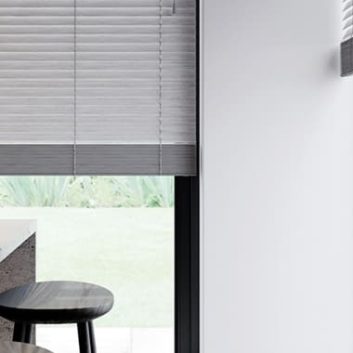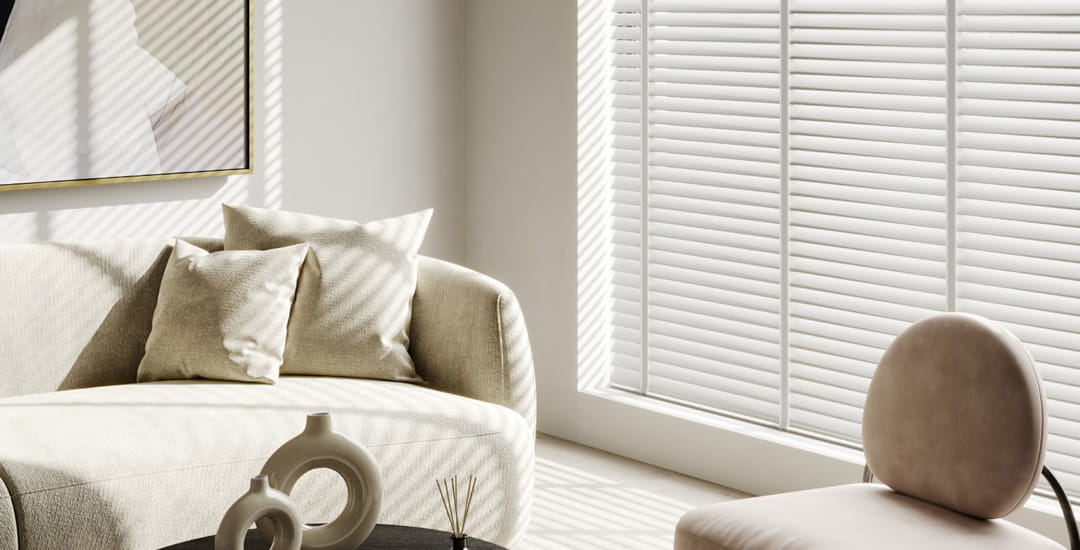
Do real wood blinds fade? Eventually yes, but when it comes to good quality modern wooden blinds, this will usually occur so slowly as to be virtually unnoticeable. In the majority of cases, fading doesn’t occur until well past the point at which most people would have replaced or updated their window blinds anyway, even when you consider that good quality made-to-measure wooden blinds are intended to last for over a decade in good working and cosmetic order.
In this blog post I will look at what causes real wood blinds to fade, to what extent, and what sort of timescale this follows. I’ll also look at discolouration in wooden blinds, which can occur too in certain situations.
The key takeaway though, is that neither fading nor discolouration are likely to be problems for anyone who buys good quality modern real wood blinds and uses them in suitable environments!
Do real wood blinds fade over time?
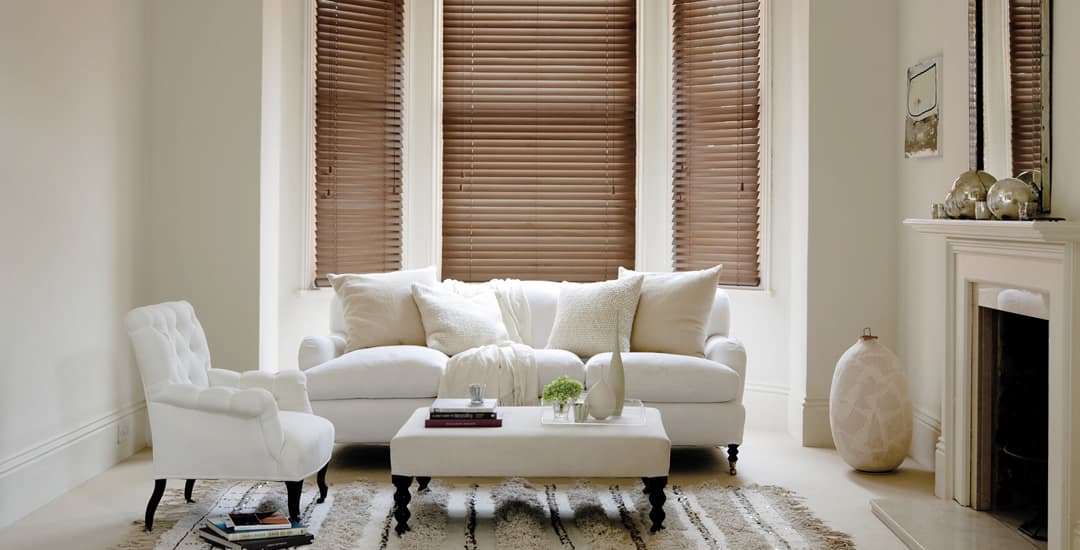
Do real wood blinds fade over time? Yes, as everything does, but the speed and extent to which this occurs can be highly variable.
Some of the factors that dictate wooden blind fading are the obvious ones, such as how much sun a room gets and the position the blind is most commonly left in. For instance, if the blind is open for most of the day when it is sunny, the blind won’t get much direct exposure to sun in order to enable fading to occur.
The colour of the blind or the wood effect it is finished in have a part to play too, some colours/finishes being more prone to eventual fading than others.
Wooden blinds that are left with a real wood finish – either the natural wood itself, or emulating another wood with visible graining and texture – are highly unlikely to show any signs of fading, regardless of their age.
White, cream, and other light-coloured wooden blinds are also unlikely to show signs of fading, other than if they’re left in one position for very long periods of time over the course of many years, in which case you might notice the line/mark delineating the exposed areas; much as you may find when you remove a picture from a wall and reveal the fresh paint, surrounded by faded, older paint.
Darker colour finishes on blinds are those most likely to show eventual fading; but “eventually” is the operative word when it comes to good quality, modern wooden blinds. Older wooden blinds (those manufactured a decade or more ago) are more likely to show signs of fading, and to fade at a faster rate.
Why do real wood blinds fade?
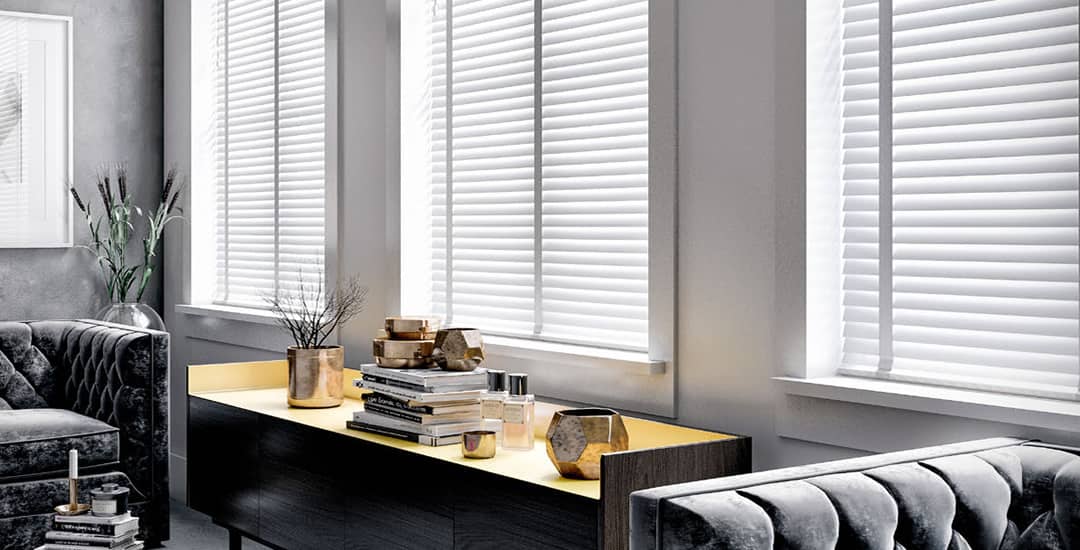
So, why do real wood blinds fade when they eventually do? Largely, due to exposure to the sun.
Blocking or filtering sunlight is a large part of the job of wooden blinds, and blinds do tend to get a lot of sun exposure, although this will be more pronounced in sunny, south-facing rooms.
The quality of the blind plays a large part too. Modern real wood blinds sold by quality retailers are treated with a special coating in order to greatly reduce or even negate the issue of fading.
However, this is not always the case with lower quality, readymade blinds. Also, with lower quality blinds (which are indented to last for a far shorter period of time too) the coating or finish might shrink, crack, and flake, which itself affects the cosmetic appearance of the blind as well as leaving it more vulnerable to fading.
Older blinds (those over a decade old) would not have been made/treated as standard with a fade-resistant finish, so if you have blinds of that sort of age in the home and notice that they’ve faded over time, you needn’t worry that this issue will be replicated in more modern blinds bought from reputable retailers.
How fast do real wood blinds fade?
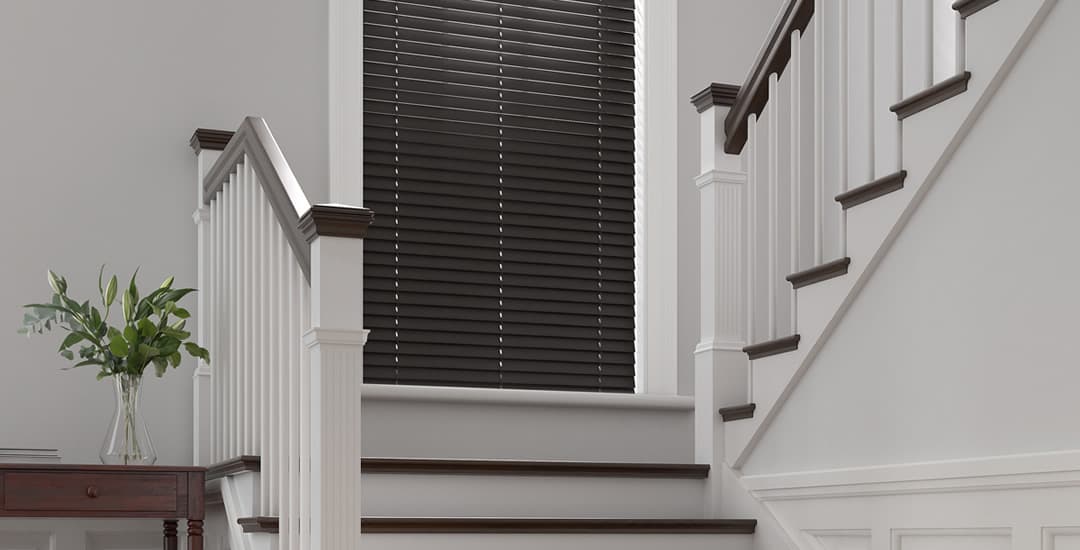
When it comes to modern real wood blinds such as those sold by ourselves and other reputable manufacturers/retailers, you will get a great many years out of any type of real wood blinds before they are apt to show any visible signs of fading. For some blinds, you will never see fading during the lifespan of the blind (which can be over a decade) at all, particularly if they are of a type such as those mentioned above that aren’t apt to show fading anyway, being light colours and wood grain finished blinds.
Older wooden blinds and real wood blinds of unknown provenance/cheap wooden blinds will generally show fading after a couple of years for wooden blinds in darker colours.
Do wooden blinds discolour for other reasons?
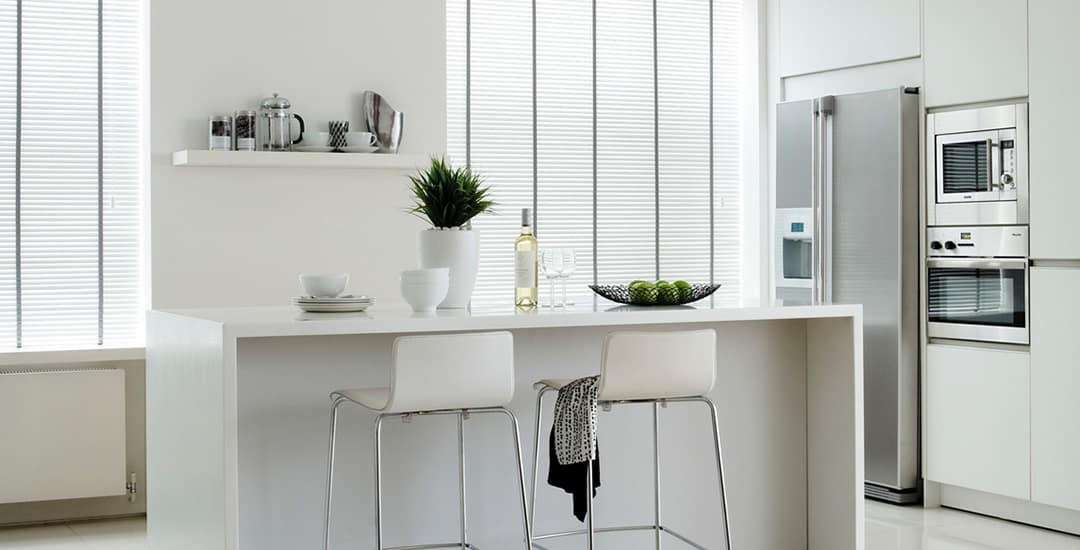
Wooden blind fading occurs due to exposure to the sun, if it occurs at all – but do wooden blinds discolour at all, rather than fade? Yes, this can happen too, and it is more likely to be obvious or noticeable in this case in lighter coloured real wood blinds.
Cigarette smoke in the air is the most common cause of discolouration in real wood blinds, but cooking fats in the air can cause discolouration too, as can water staining or watermarking.
However, discolouration of real wood blinds is only really likely to occur if the blind is used in an unsuitable environment (with the exception of cigarette smoke discolouration, which I’ll cover in a second) being, the kitchen or bathroom, or other rooms that get humid and/or that may mean that the blind comes into contact with water.
Wooden blinds aren’t waterproof, which is why they’re not always a good fit for rooms of this type; both because they will absorb water and risk water staining and even warping, and because if they do get dirt or cooking grease and marks etc. on them, they can’t be easily washed/wiped clean.
When it comes to rooms where someone smokes, waterproof blinds as opposed to real wood blinds are a good idea too. This is because the yellowish nicotine film that develops on surfaces exposed to cigarette smoke over time can just be washed/wiped off. Real wood blinds tend to absorb it and so, can’t be cleaned effectively. A good alternative in this sort of situation is to choose faux-wood blinds, which are virtually indistinguishable from the real thing, but also waterproof.

